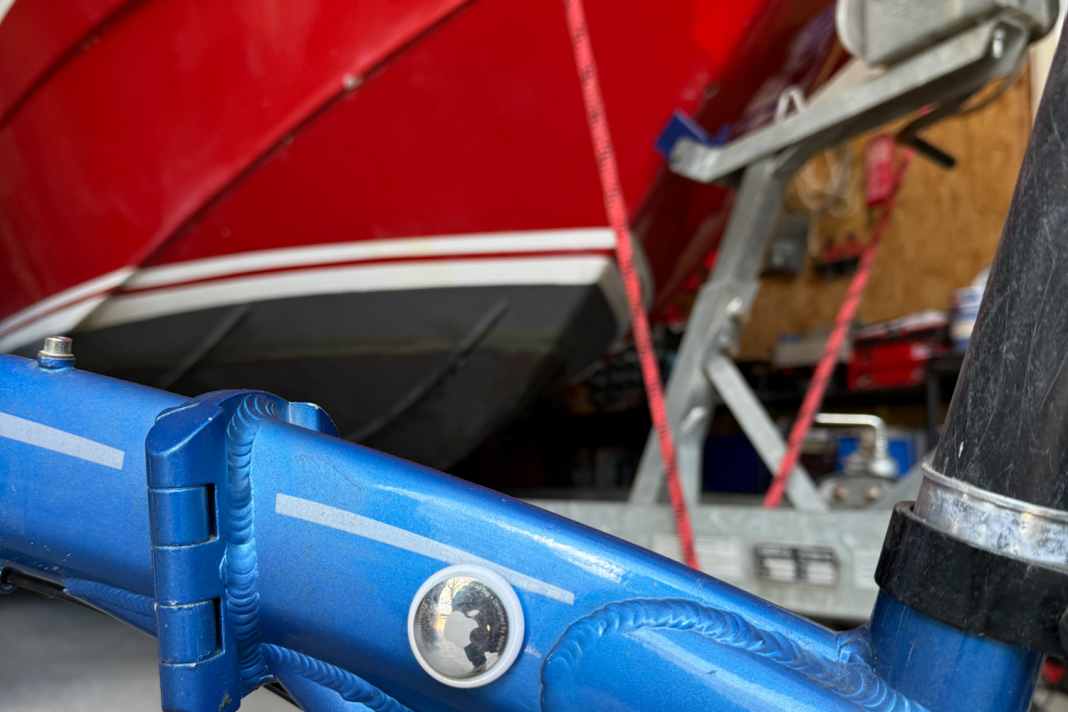





Shortly after the crew has made its way to the boat, a notification on the smartphone signals that the boat key has been forgotten. So they quickly turn back and get the key. Better now than after a long journey. The notification was triggered when the tracker attached to the key ring left the range. is.
Read more:
These small transmitters are now ubiquitous, they make everyday life easier, help you find things again or remind you, as in the example with the boat key, when something has been left behind. However, they can also track equipment that has been stolen, possibly helping to put a stop to thieves.
There are two different systems that can track the position of equipment: Trackers without their own GPS reception, which only determine their position relative to other devices. This can be done via Bluetooth using Apple's "Where is?" network or a similar variant of Android. The position then comes from the smartphones in the vicinity of the tracker and is also forwarded by these smartphones. The advantage is very low power consumption and that the trackers themselves do not require a connection to the mobile phone network or the internet. However, the system also has one major disadvantage: if there is no other device in the vicinity (which has also activated this function), no position report is possible. This is why there is a second variant, whereby these trackers receive their position themselves via GPS and then pass it on directly via the mobile phone network. This requires a SIM card and may incur additional costs.
Use tracker with or without GPS
Trackers without GPS, such as AirTag, Tile Pro or ISY Tracker, are ideal for keys or purses. You usually know roughly where they are and the tracker only shows you the way for the last few metres. The smartphone shows you exactly which direction you need to turn in and how far away you can expect to find the key. You can also set locations where you will be warned if the key is left behind.
To make equipment easier to find, things like the winter tarpaulin can be used for this type of tracker. There is less risk of it being stolen. But if it lies on a shelf in the hall or in the club during the season, perhaps pushed to one side, it may not be easy to find in the autumn. This is where the AirTag comes in. The battery of the small transmitter easily lasts a year. The same would be conceivable for a ladder, the winter storage rack or the stern anchor.
This is different for equipment that is more likely to be the focus of thieves or is to be searched for in regions where no other smartphones are to be expected in the vicinity. AirTag, Tile Pro and Momax are only of limited help here. Then GPS trackers are the better choice. There is a large selection here, divided into devices with and without batteries. The latter are designed for vehicles (including boats), where the transmitter is connected directly to the consumer battery. There are also differences in data tariffs. There are providers with additional monthly costs and others where the SIM card and data volume are already included in the price and no additional charges are incurred.
The "Where is?" app from Apple
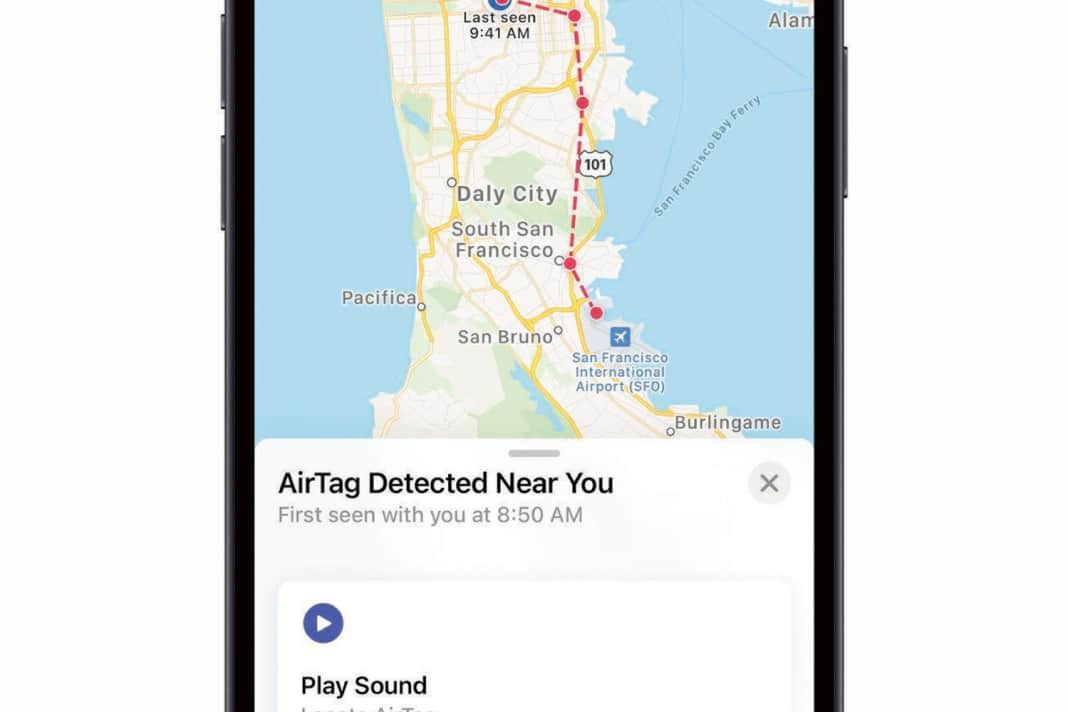



Trackers for pets are very common. An AirTag would not help here, as if the dog moves in a sparsely populated area, there would hardly be another smartphone to forward the Bluetooth signal. These GPS transmitters are quite small, have a rechargeable battery and are usually splash-proof. If such a tracker is already on board with the dog, it can be attached to the towed dinghy during the trip. If the dinghy breaks loose en route, it can be easily located again using the tracker in the app. The Onntrack model can be attached using a magnet, for example. This could also be used to mark an outboard motor. However, in order to be able to track equipment in the event of theft, greater effort must be put into attaching the mobile tracker.
Because if the transmitter is mounted too obviously, it can also be easily detected and removed. In a dinghy, it would be conceivable to unscrew the valve and throw the tracker into a hose. With an outboard motor it gets trickier. With a combustion engine, there is a space under the cover. However, it should not get too hot at this point and it must still be well concealed. It is even more difficult with electric outboards, where the best you can do is hide a tracker in a stowage bag.
The small transmitters will increase the feeling of security, but you should not forget that they cannot prevent theft. For this reason, valuable equipment should always be plugged in or connected. Outboards can also be labelled with an engraved serial number. This should make it less attractive to resell the stolen goods at a later date and deter thieves. Sometimes such engraving services are also offered free of charge by the water police.
The same service is available for bicycles. But even with trackers, there is no limit to the imagination of the manufacturers, with retailers offering trackers specially adapted for two-wheelers: tracking transmitters in rear lights, bells, electronic locks or in the saddle or handlebars. This means you always know where the bikes have been parked.
Theft protection or memory aid?
But which mobile tracker is particularly useful in everyday life on board? What are useful areas of application? AirTags, Tile Pro and the like are particularly useful for preventing forgetfulness. It is also very practical that access can be shared. A crew member needs to get the stern anchor out of the shed and doesn't know where everything is? Simply share the AirTag and the smartphone will guide the way. Or the dinghy on a charter holiday is tied up to a crowded dinghy dock and you want to make sure you can really identify your own dinghy on the way back? Even the inexpensive tags with Bluetooth can help here. They can also be attached temporarily.
Trackers with GPS can not only help you find them again if they are lost or stolen, they also have a practical use in everyday life on board. For example, an alarm can be set on most models if the tracker leaves a defined area. Sound familiar? Exactly, from the anchor alarm. And it even works when the crew is ashore. They can check at any time whether the anchor is holding or whether they need to take action.
But also when the children are out exploring the bay or the archipelago with the SUP. The tracker provides the location in case the little crew members lose their bearings or don't manage to paddle into the wind on the way back. A glance at the app is all it takes to know where to pick them up with the dinghy.
More complex technology has its price
This shows that both trackers with Bluetooth and those with GPS and a mobile phone connection can be very useful. The different technology is also reflected in the price. The cheapest model is the ISYTag for 15 euros, closely followed by the products from Momax. The AirTags from Apple are also quite affordable at just under 40 euros.
For models with GPS, the user should check whether monthly costs are incurred. Overall, the prices here are also higher. This is certainly partly due to the fact that even without monthly costs, the data connection is included in the purchase price. However, the devices also have the added value described above. The models from Salind and Fressnapf are the cheapest. With the Salind 01 4G, however, monthly costs start at five euros. The price varies depending on the length of the contract. The purchase price of the Fressnapf dog tracker includes the data volume for two years. After that, a separate tariff must be purchased. At 30 and 38 euros, however, the devices are almost on a par with the Bluetooth trackers.
The models from Onntrack and Copenhagen Trackers are significantly more expensive. They cost 149 and 159 euros respectively. However, the data tariff is also included "for life". There are also differences in the geographical coverage, which is determined by the mobile phone tariffs. Europe is often specified. These trackers would be useless on a trip to the Caribbean. Online retailers offer many alternatives with worldwide coverage.
So which models should you take on a cruise? A good mix is the most practical. Trackers without GPS are the most useful and are also very affordable. Several on board can help here. Especially in your wallet: at sea, you are more likely to put it in the chart table or put it in a lockable pocket in your oilskin. Back on land, the search begins without a tag. A tracker without GPS is helpful on the key anyway. If you still have one in reserve, you can use it to temporarily mark something. On a charter trip, the tag from the key could also be attached to the dinghy for the duration of the shore leave. However, two or three such trackers are certainly helpful in everyday life on board.
The somewhat larger and more expensive version with GPS can be very useful if the dinghy is not only to be identified at the jetty, but also to be found at sea. If a tracker is already available for the four-legged friend, it can fulfil the double purpose. The model from Fressnapf is very attractively priced, the disadvantage is the rather short battery life of three days.
Avoid pitfalls
Without a dog and possible double use, you should therefore choose a model that lasts longer without recharging. This is especially true if the transmitter is to be concealed on the equipment in order to be prepared for theft. It would then be far too inconvenient to take the tracker out of its hiding place every few days to recharge it. If you then forget it, all the effort is useless in an emergency. The Cobblestone is significantly more expensive, but also offers up to four years of battery life on a single charge. Together with two Bluetooth trackers, that would be over 200 euros. However, these small devices have the potential to make everyday life easier.
Care is needed when choosing. Online retailers offer a wide range of models that do not always immediately indicate what type of tracker they are. That's why it helps to think carefully about the intended use beforehand. Nothing would be more annoying than wanting to rely on an AirTag when searching for a dinghy that has got loose and not receiving a position. You also need to look carefully at the description to avoid being surprised by monthly costs for trackers with GPS.
Once these hurdles have been overcome, it's like the advertising promise of Apple's AirTag: you can forget about losing it now - so that you don't realise that your wallet is still in the chart table when you get to the harbour master's office.
Overview: Tracker without GPS
Apple AirTag
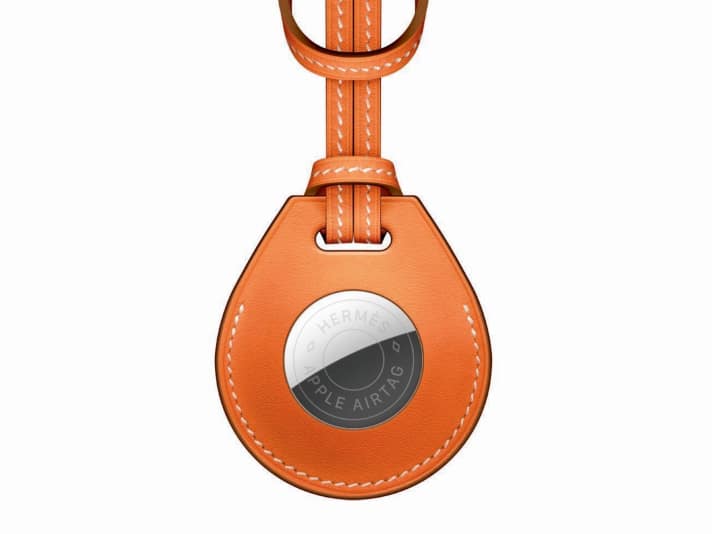
Quick to locate via the "Where is?" network. The AirTag can also be shared with others so that the equipment can be located using different smartphones. Price: from 39 euros. More information: Apple.com
Tile Pro
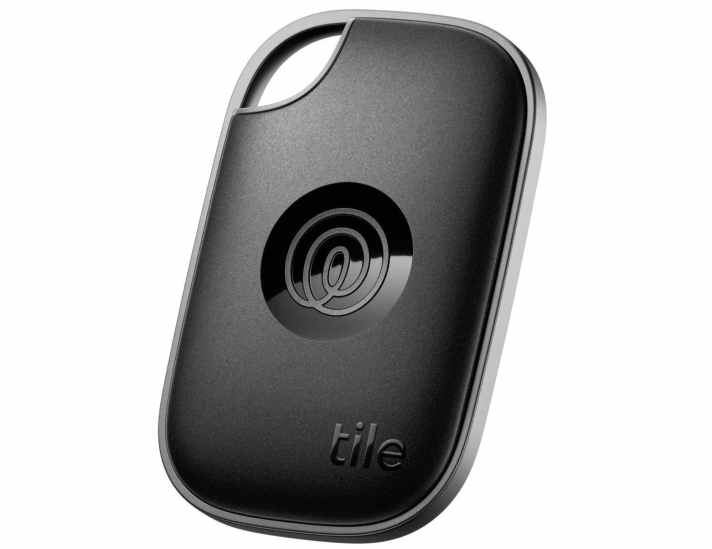
In addition to tracking equipment, the tracker also offers other functions: For example, predefined contacts can be alerted using the SOS button. For iOS and Android, from 40 euros. More information: Tile.com
Tile Slim
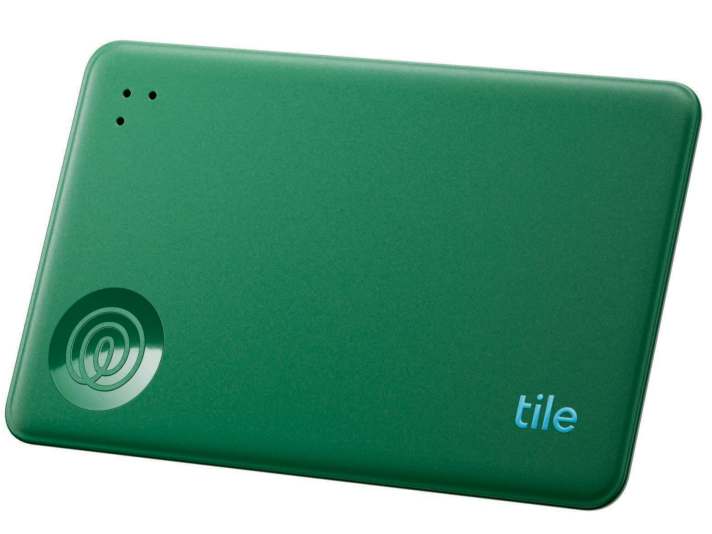
You can find your wallet, logbook or important documents with this credit card-sized tracker. Also available as an adhesive Tile Sticker. Tile Slim from 35, Tile Sticker from 30 euros. More information: Tile.com
Momax Pinpop Duo
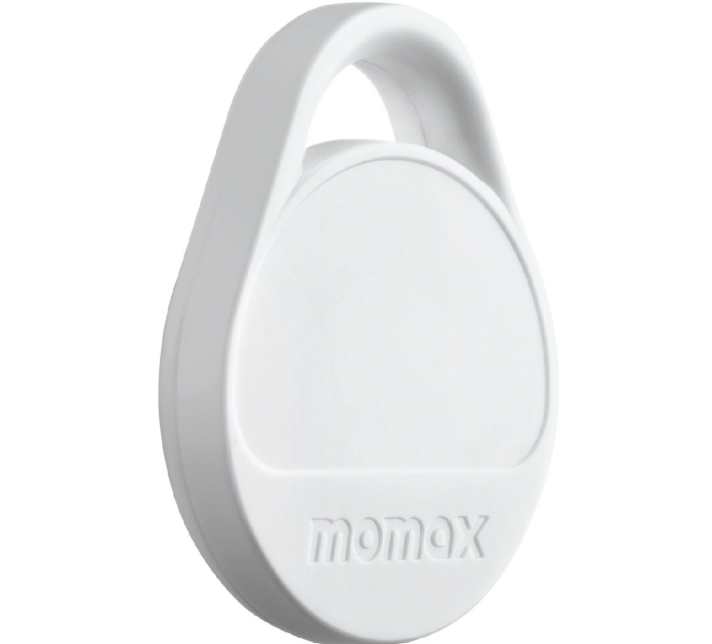
Key fob, suitable for iOS and Android. Personal information can be stored via NFC so that finders can make contact. With vibration alarm, from 16 euros. More information: Momax.net
Momax Pinlock
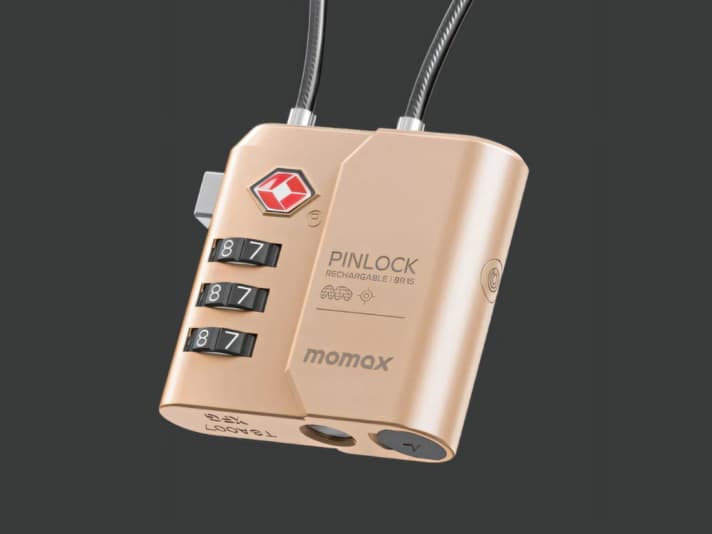
Two functions, one goal: more security. The small padlock has an integrated tracker. The battery lasts 150 days and can be charged via USB cable. For iOS and Android, from 19 euros. More information: Momax.net
ISYTag

This smart object finder from MediaMarkt's own brand only works with Apple devices. The coin-sized device is integrated into the "Where is?" app. Price: from 15 euros. More information: Mediamarkt.de
Overview: Tracker with GPS
Copenhagen Trackers Cobblestone
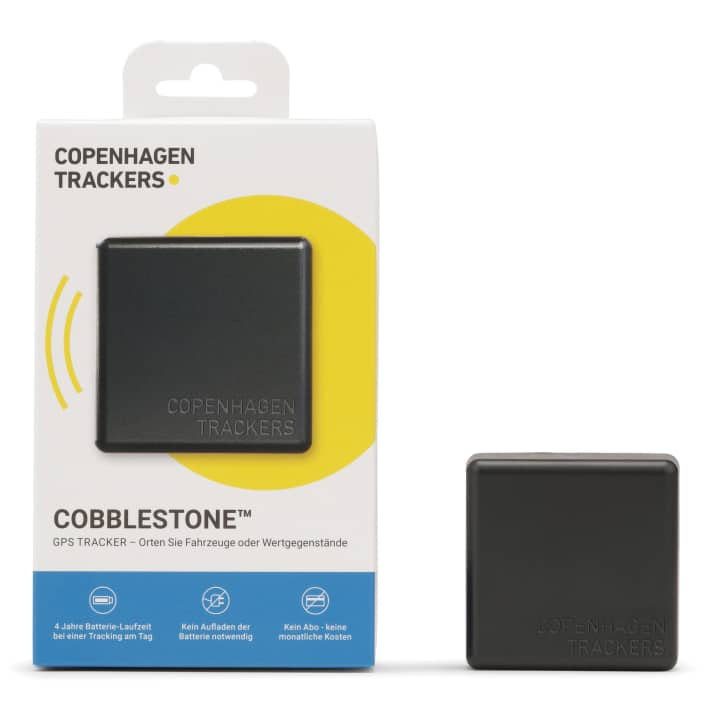
The box measures 6.4 x 6.4 x 2.3 centimetres and is designed to protect cars, bicycles and boats in the EU, according to the manufacturer. The SIM card is included for life, price: 159 euros. More information: Cphtrackers.com
Fressnapf GPS tracker for dogs
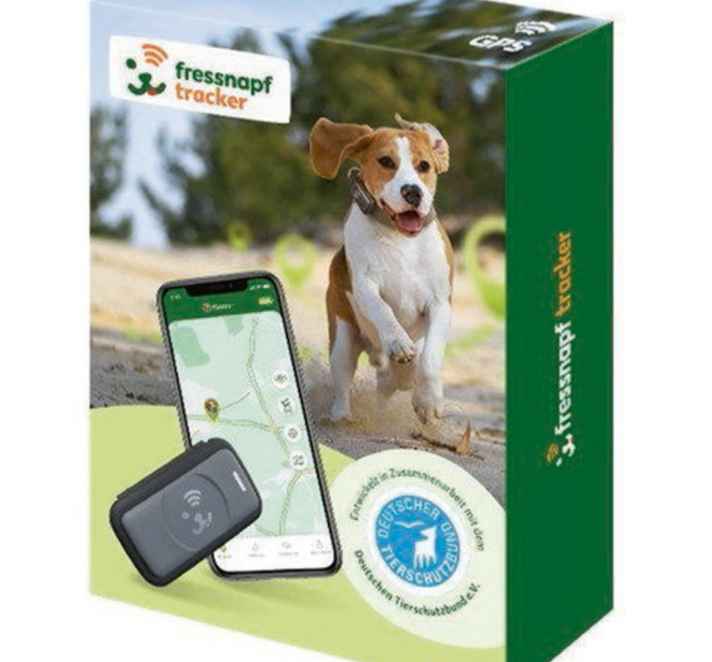
A tracker may already be on board with the four-legged friend. It can also simply be strapped to the dinghy while travelling. This model offers two years without mobile phone coverage. Price: 38 euros. More information: Fressnapf.de
Salind 01 4G
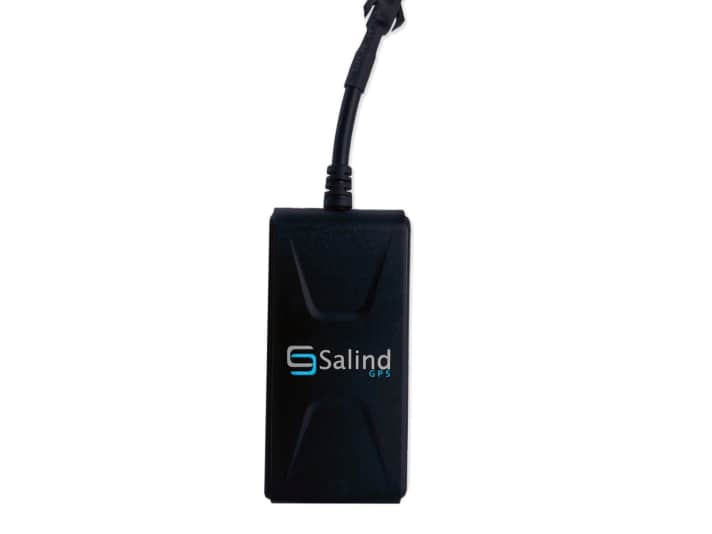
This GPS tracker is specially designed for vehicles. It is connected directly to a consumer battery. If the cable is disconnected, an alarm sounds. Price: 30 euros plus monthly costs. More information: Salind-gps.de
Onntrack Portable Pro+
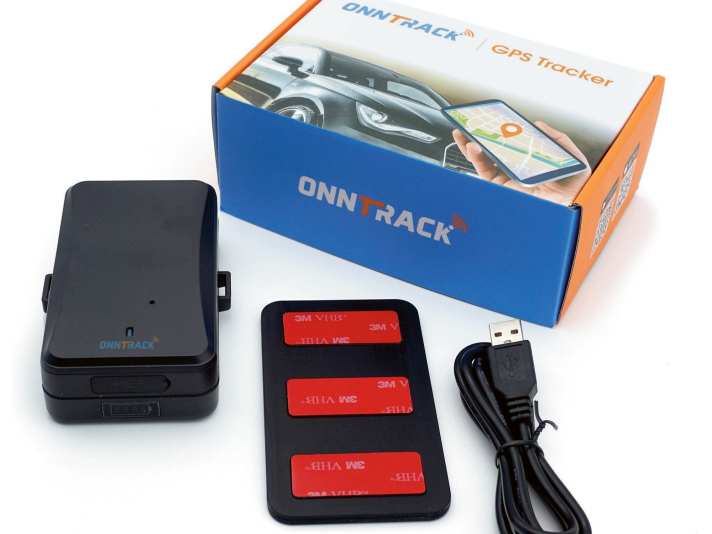
LTE module and Wi-Fi, plus no monthly costs and the battery lasts 100 days. The Portable Pro+ can be attached using a magnet. Europe-wide coverage. Price: 149 euros. More information: Onntrack.nl

